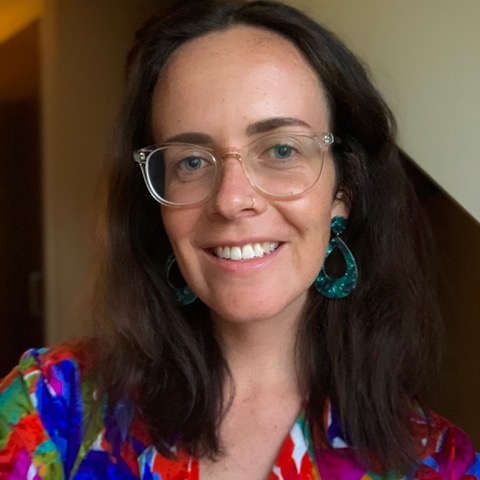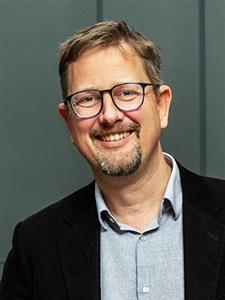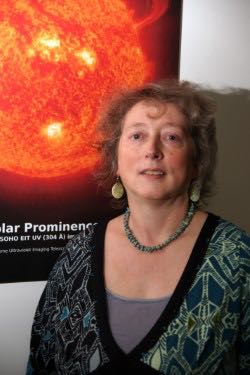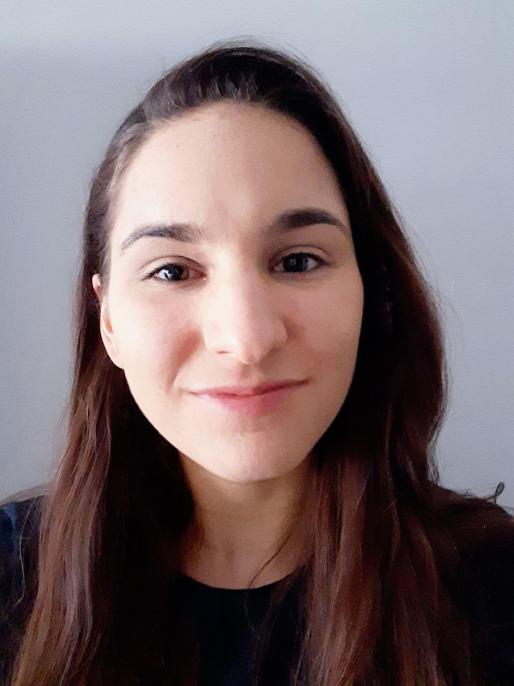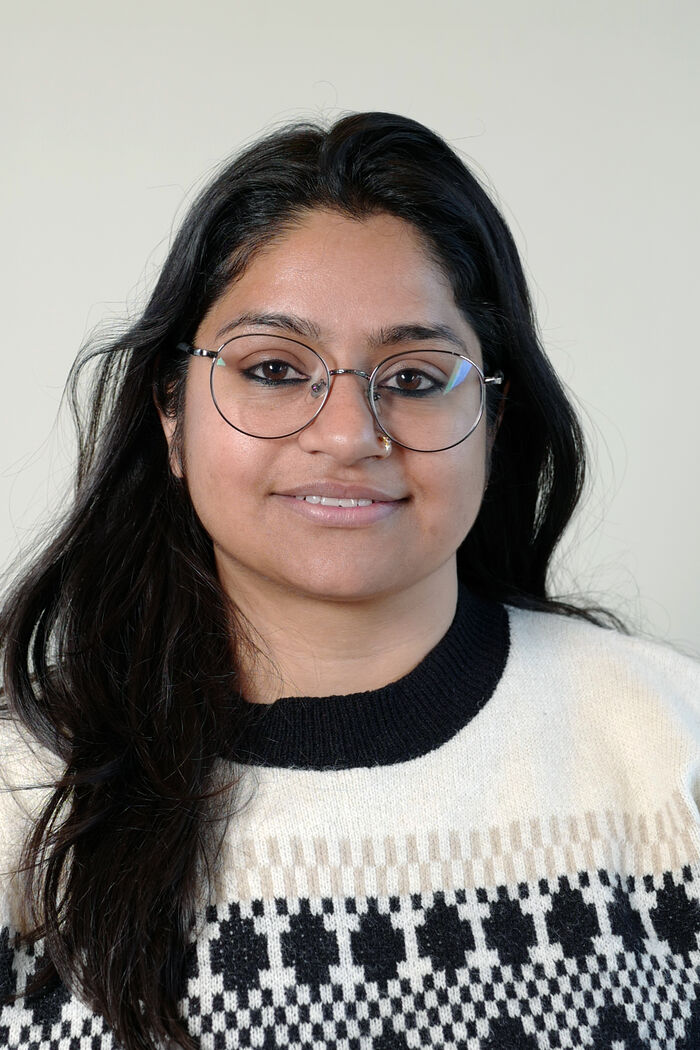Tidligere gjesteforelesninger og seminarer - Side 16
I present a simple, efficient, three dimensional, time dependent model for bone regeneration in the presence of porous scaffolds to bridge critical size bone defects. The essential processes are an interplay between the mechanical and biological environment which we model by a coupled system of PDEs and ODEs. The mechanical environment is represented by a linear elastic equation and the biological environment through reaction-diffusion equations as well as as logistic ODEs, modelling signalling molecules and cells/bone respectively. Material properties are incorporated using homogenized quantities not resolving any scaffold microstructure. This makes the model efficient in computations, thus suitable as a forward equation in optimization algorithms and opening up the possibility of patient specific scaffold design and this model is used as a PDE constraint for the optimization of polymer scaffold porosities. Our numerical findings show that our model for example recovers and quantifies clinically relevant stress shielding effects that appear in vivo due to external fixation of the scaffold at the defect site.
This talk is part of the Mechanics Lunch Seminar series. Bring-your-own-lunch and lots of questions.
Hayley Macpherson, Centre for Theoretical Cosmology in DAMTP, University of Cambridge (UK)
Prof. Fernando Alvarez
Emeritus Arnt Inge Vistnes, Fysisk institutt, UiO.
Vegard Skirbekk, senior researcher at the Norwegian Institute of Public Health (FHI).
Abstract: T cell activation is initiated upon T cell receptor (TCR) binding to cognate peptide-MHC complexes on the surface of antigen presenting cells (APCs). This initiates the formation of the immunological synapse – a specialized hub for bidirectional membrane transfer between T cells and APCs which is essential for processes such as downregulation of triggered TCR and T cell-mediated stimulation of B cells. Here, I will present some recent advancements in our understanding of how this is regulated.
This talk is part of the Mechanics Lunch Seminar series. Bring-your-own-lunch and lots of questions. Hybrid format via Zoom possible on demand (contact timokoch at uio.no)
Prof. Philippa Browning, Jodrell Bank Centre for Astrophysics, The University of Manchester.
Abstract: What links a baby’s first breath to adhesive debonding, enhanced oil recovery, filtration or multiphase microfluidics? These processes all involve two-phase flows in rigid or elastic confined vessels and are often prone to interfacial instabilities. The canonical viscous fingering instability, which occurs when air displaces a viscous fluid in the narrow gap between two parallel plates, offers a versatile testbed for such phenomena. In this talk, I will use both experiments and numerical simulations of depth-averaged models to explore several aspects of bubble dynamics in Hele-Shaw cells. I will first show how the onset of fingering can be suppressed when replacing the upper plate of the vessel with an elastic sheet. Interfacial flows in narrow gaps can also exhibit considerable disorder, but they are rarely investigated from a dynamical systems’ perspective. I will show how compliance can promote rich multiplicity of front propagation modes in a channel before turning to bubble propagation in a rigid channel with a depth perturbation. There I will explore how the bubble’s organised transient dynamics is orchestrated by weakly-unstable steady propagation modes, and how its long-term behaviour may be practically unpredictable.
This talk is part of the Mechanics Lunch Seminar series. Bring-your-own-lunch and lots of questions. Hybrid format via Zoom possible on demand (contact timokoch at uio.no)
Abstract: A random, labyrinthine pattern emerges during slow drainage of a granular-fluid system in two- dimensional confinement. Compacted grains are pushed ahead of the fluid-air interface, which becomes unstable due to a competition between capillary forces and the frictional stress mobilized by grain-grain contact networks. We reproduce the pattern formation process in numerical simulations and present an analytical treatment that predicts the characteristic length scale of the labyrinth structure. The pattern length scale decreases with increasing volume fraction of grains in the system and increases with the system thickness. By tilting the model, aligned finger structures, with a characteristic width, emerge. A transition from vertical to horizontal alignment of the finger structures is observed as the tilting angle and the granular density are varied. The dynamics is reproduced in simulations. We also show how the system may explain patterns observed in nature, created during the early stages of a dike formation.
This talk is part of the Mechanics Lunch Seminar series. Bring-your-own-lunch and lots of questions. Hybrid format via Zoom possible on demand (contact timokoch at uio.no)
Michaela Brchnelova, KU Leuven, Belgium.
C*-algebra seminar by Alexander Stolin
Associate Professor Fredrik S. Hage, the Structure Physics section
Professor Christophe Fraser, University of Oxford.
By Johan Watz from Karlstad University, Sweden
Reetika Joshi, postdoctoral fellow of Rosseland Centre for Solar Physics (RoCS), University of Oslo.
C*-algebra seminar by Alexander Mang (Saarland University)
By Ronald Jenner from the Natural History Museum, London, UK
Abstract: Because of their huge compressibility difference with their surrounding media, air bubbles in water have a special relationship with acoustic waves: they are sub-wavelength resonators. In this presentation, I will show that this characteristic has great implications for both the surrounding fluid, because of the steady streaming effect, but also for the acoustic waves.
This talk is part of the Mechanics Lunch Seminar series. Bring-your-own-lunch and lots of questions.
We introduce SMARTboost (boosting of symmetric smooth additive regression trees), a machine learning model capable of fitting complex functions in high dimensions, yet designed for good performance in small n and low signal-to-noise environments. SMARTboost inherits many of the qualities that have made boosted trees the most widely used machine learning tool for tabular data; it automatically adjusts model complexity, handles continuous and discrete features, can capture nonlinear functions in high dimensions without overfitting, performs variable selection, and can handle highly non-Gaussian features. The combination of smooth symmetric trees and of carefully designed Bayesian priors gives SMARTboost an edge (in comparison with a state-of-the-art tool like XGBoost) in most settings with continuous and mixed discrete-continuous features. Unlike other tree-based methods, it can also compute marginal effects.
